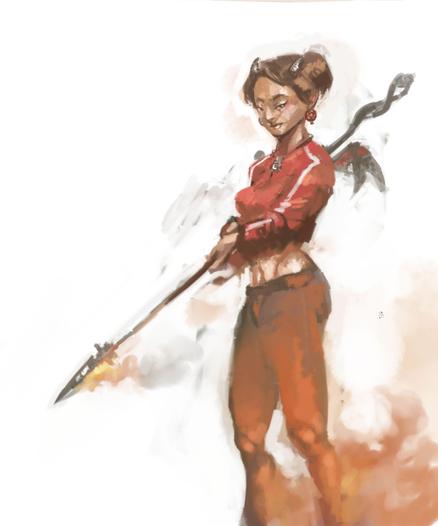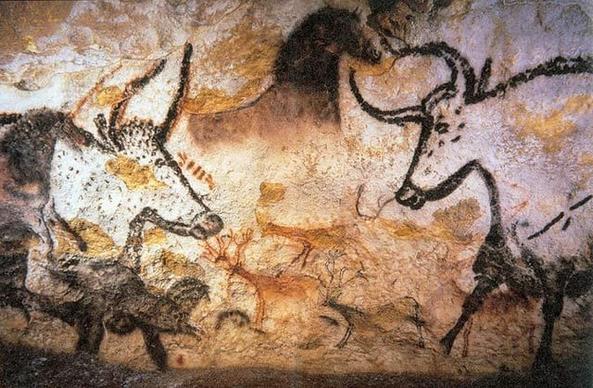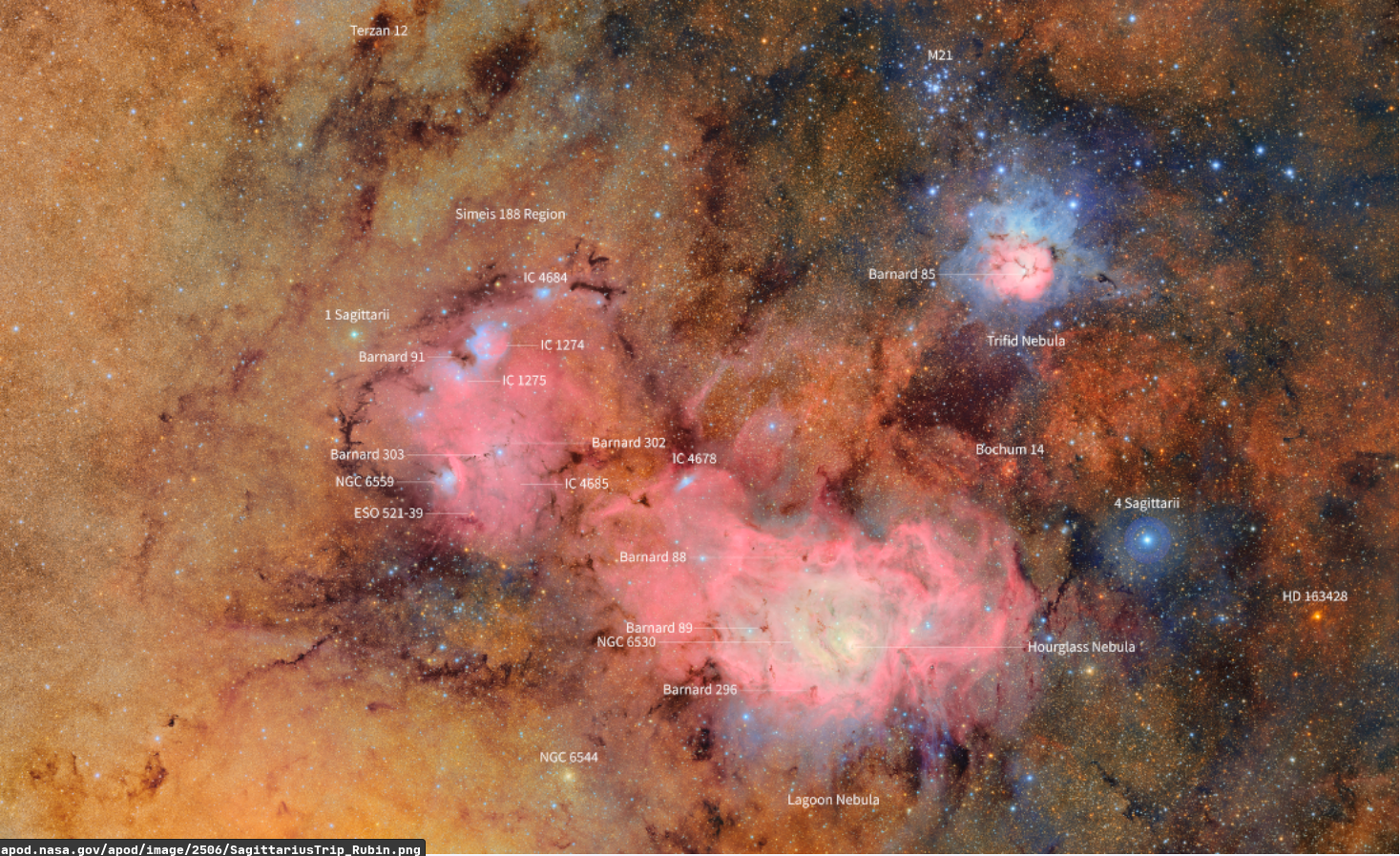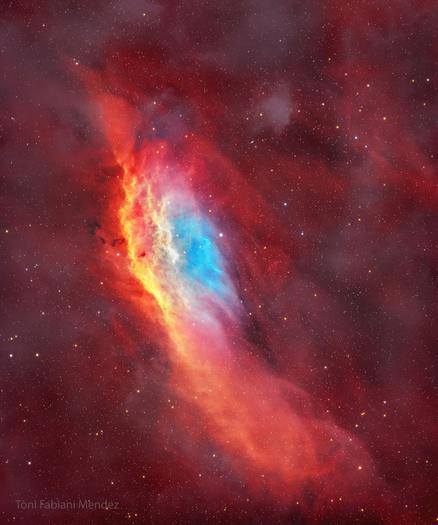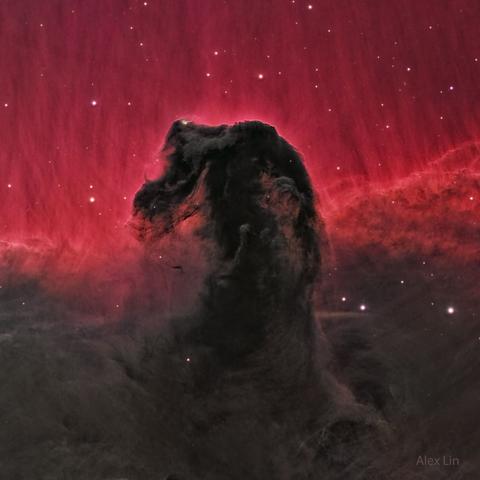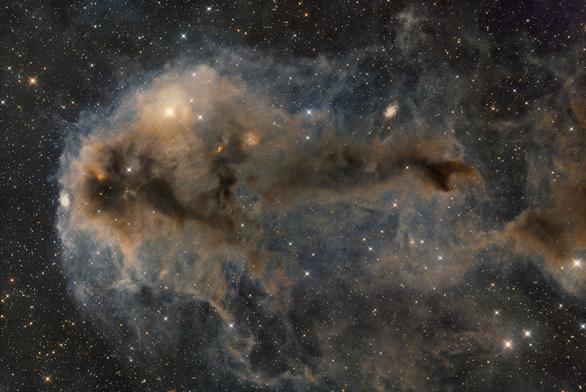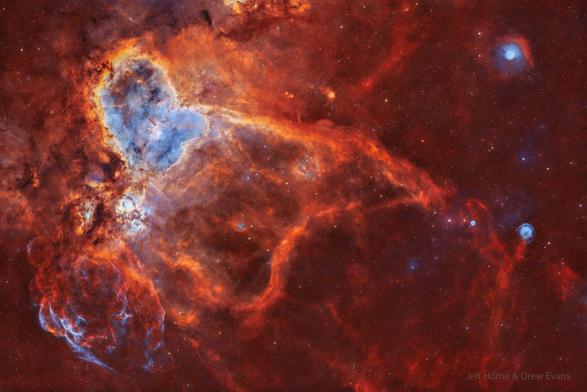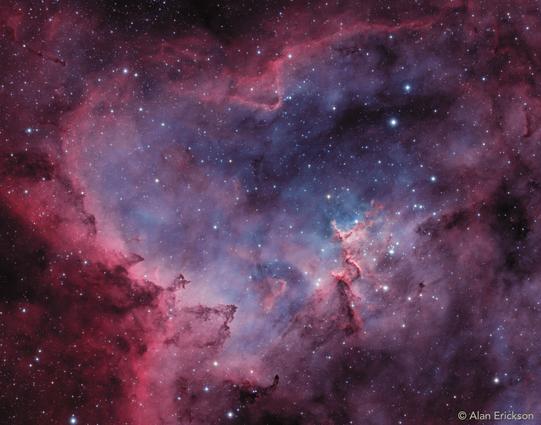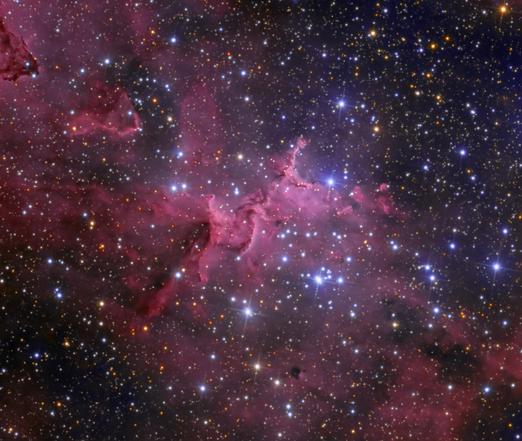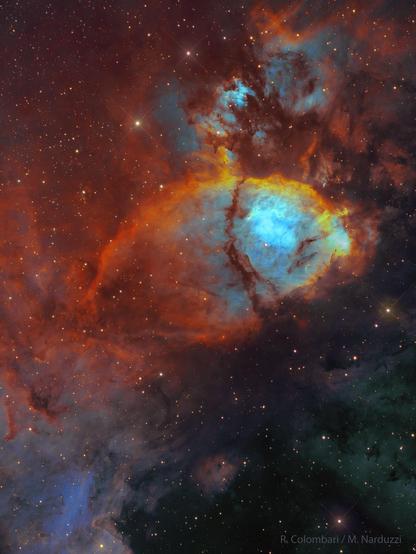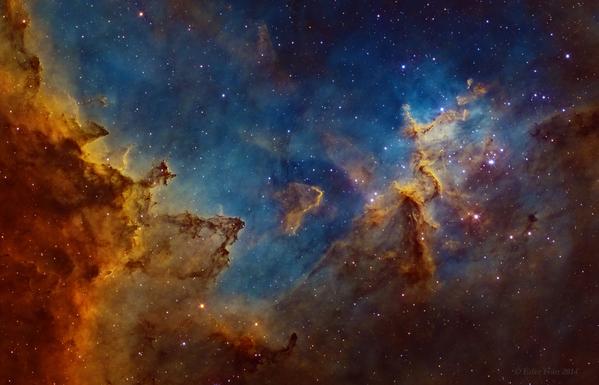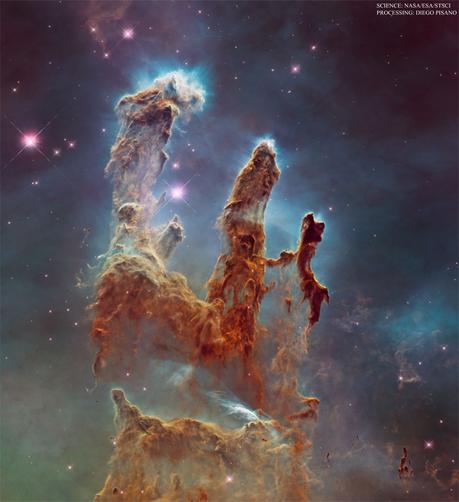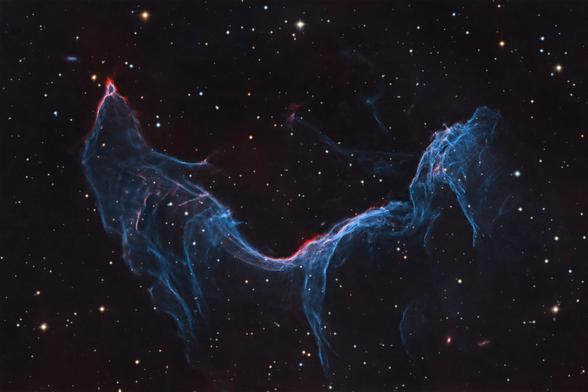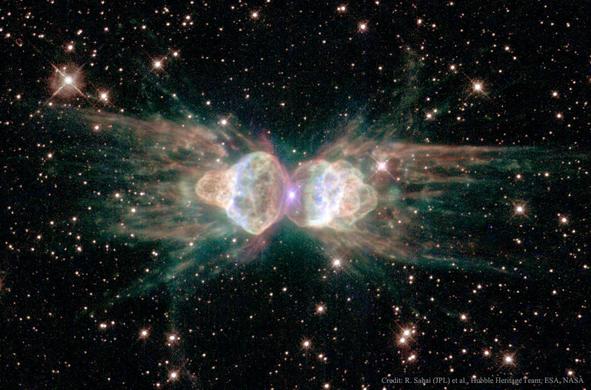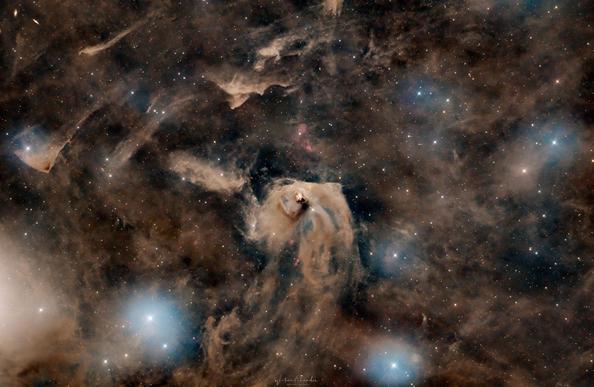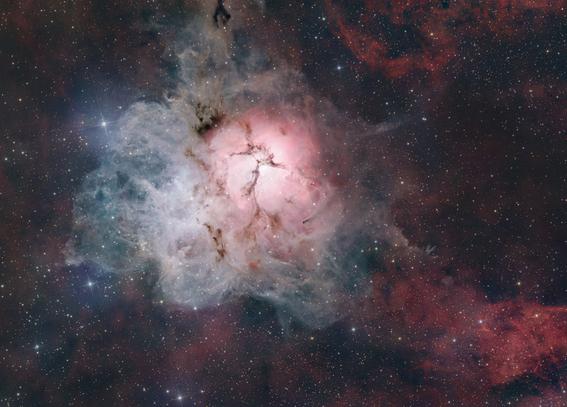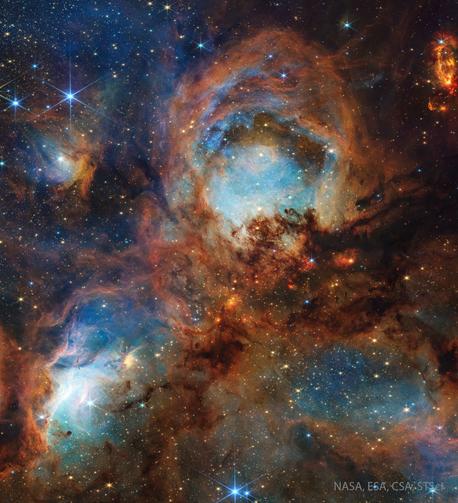I’m Jimi.
I quietly contemplate these days. I enjoy reading about and infrequently discussing #SciFi, #Fantasy, #Horror, #Science, #USPolitics and #Noir. I’ve been #TentCamping over half my life.
#StarTrek🖖rocks.
I love all #Tolkien.
#MST3K is hilarious.
Michael Myers🔪the 1st shape.
#Ghibli storytelling is *gorgeous*
#Svengoolie rules!
Han shot first.
#CozyGroveCampSpirit
Early Gen X feral latchkey kid. Married. Mostly harmless. I block AI & jagbags.
We call them gym shoes round here.
| Human | Not Immortal. Really. |
| Location | In far Northern Illinois. Previously Braga, Pt., Funchal, Pt., Barrie, Ontario. Far Northern Illinois before all that. |
| Banner Image | Fall is the season on the lakefront in Barrie, Ontario. A photographer in a yellow jacket sits under a reddish dynamic sculpture. New construction is visible in the background. Blue sky with scattered white clouds. The lake is reflecting the blue sky. |
| Toots | Toots disappear like tears in the rain. However it takes a while. So I got that going for me at least. |
